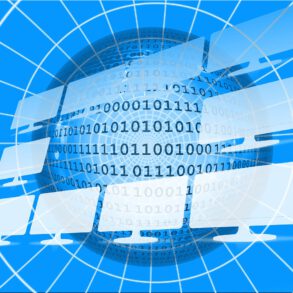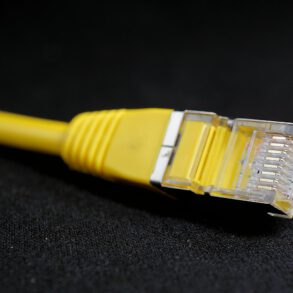- Fiber Optic – A cable technology that uses glass (or plastic) threads (fibers) to transmit data. It is a very fast technology
- Gateway – A device on a network that serves as an entrance to another network and routes traffic
- Hardware (MAC) address – A unique address associated with a particular network device
- Hub – A common connection point for computers and devices in a network that takes an incoming signal and repeats it on all other ports
- Internet – Term used to refer to the world’s largest internetwork, connecting thousands of networks worldwide. Also known as the world wide web (www)
- IP address – a 32-bit address assigned to hosts using the TCP/IP protocol. Each computer/device on the public internet has a unique IP address. An example of an IP address is 192.168.1.
- LAN (Local Area Network) – computer/data network which is confined in a limited geographical area.
- MAC Address (Media Access Control) – A unique identifier attached to most forms of networking equipment. It is burned into the device and cannot be changed
- Megabit – A measure of data transmission speed – 1 million bits per second or approximately 125, 000 characters per second
- Megabyte – A unit of measure for memory or hard disk storage capacity. 1024 megabytes = 1 gigabyte.
- Network – A group of computers and devices that can communicate with each other and share resources.
- Network Interface Card (NIC) – A hardware device inside a computer or other network device that enables communication with a network.
- Packet – The unit of data sent across a network. Data is broken up into packets for sending over a packet switching network.
- PING (Packet Internet Groper) – A command used to test connectivity to a device over a TCP/IP network.
- Protocol – Rules determining the format and transmission of data over a network
- RJ-45 – Standard connectors used for unshielded twisted-pair cable. Most commonly used with Cat5 network cabling.
- Route – A path through an internetwork.
- Router – A device that routes/forwards data across a networks.
- Server – A computer that handles requests for data, email, files, and other network services from other computers (clients)
- Subnet – A portion of a network that shares a common address component but is on a different segment than the rest of the network.
- TI Line – A high speed dedicated data line that supports a transmission rate of 1.544 Mbps
- TCP/IP – Transmission Control Protocol/Internet Protocol. A suite of protocols used as the basis of the nation’s internetwork (Internet). It can also be used on internal networks.
- UNC (Universal Naming Convention) Path – A UNC provides a naming convention for identifying network resources. UNC names consist of three parts, a server name, a share name, and an optional file path.
- WAN (wide area network) – A network linking together networks located in other geographic areas.
BROWSE PC HELP INFORMATION FOLLOW US ON TWITTER SUBSCRIBE TO OUR MAILING LIST Get site updates, latest virus alerts and more.
Source: www.onlinecomputertips.com




